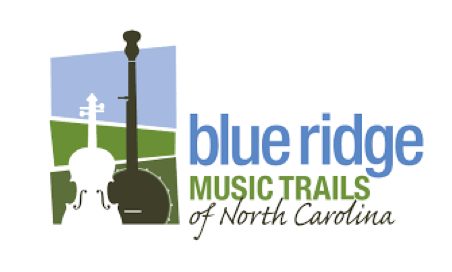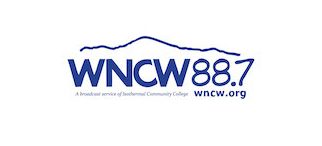A Celebration of Mountain Dancing
What is Mountain Dancing?
For generations in the Blue Ridge Mountains, Smoky Mountains, and foothills of North Carolina, dancing has been a way for communities to come together and socialize. People celebrated births, deaths, anniversaries, holidays, and changing seasons with gatherings that centered around old time or bluegrass music and mountain dancing. There are many different types of mountain dancing and the origins of the dance steps are as varied and diverse as the origins of mountain music. Clogging, flatfoot dancing, and square dancing are some of the most commonly known dances in the North Carolina mountains and foothills.
A Rich History of Clogging
Clogging is a type of mountain dancing that started in Appalachia and is now known throughout the world. In the 1700s, Irish, Scottish, English, and Dutch/German settlers arrived in the region bringing their folk dance traditions with them. As the folk dances from these European cultures began to intermingle with African-American and Native American traditions, a series of foot tapping dances were born. Clogging quickly became a method of personal expression, which was different from the partner dances common during that time period.
Clogging is a unique form of dancing because it is done in time with the music and usually the heel keeps the rhythm to the downbeat. Though it is still considered a form of mountain dancing, clogging has become internationally known style of dance.
North Carolina’s Bascom Lamar Lunsford, a musician and event organizer, popularized clogging by adding it as a category of competition at the Mountain Dance and Folk Festival in Asheville in the 1920s. The Soco Gap Cloggers won the competition and began touring. After performing for the Queen of England, the Queen said the dancing reminded her of “clogging,” a dance style common in England. The media picked up the term and the dance style became widely known as clog dancing.
Square Dancing
Square dancing is a form of mountain dancing that evolved from social dances in England, France, and other parts of Europe. Square dancing also has origins in New England where people would gather and a dance caller would lead multiple partners in a collective dance number where partners were exchanged and shared. Square dancing, as its popularity spread, became a past time celebrated by whole communities. All that was needed was a wooden floor, some music, and a caller.
Flatfoot Dancing
Flatfoot dancing is a kind of mountain dancing that is less standardized than clogging. The steps are more improvisational and unplanned. When mountain dancing in the flatfoot style dancers are meant to feel the steps and simply create the dance as they go along. Similar types of mountain dancing include backstep dancing and buck dancing.
Preserving the Tradition of Mountain Dancing
Mountain dancing has seen more than one revival over the last 50 years. Many people who have lived in Appalachia before or live there now see the preservation of mountain dancing as part of preserving mountain history, heritage, and spirit. Mountain dancing is being kept alive by many people who grew up loving flatfooting, clogging, and square dancing styles. There are still competitions, festivals, schools, conventions, and more events to attend happening across the nation every year.
Events in WNC
When you visit Western North Carolina, don’t miss the opportunity to see mountain dancing up close and in person. There are many events scheduled throughout the year that feature clogging, flatfooting, and square dancing. Some of the most popular include:
- Waynesville Street Dance
- Hendersonville Street Dance
- Shindig on the Green
- Mountain Dance and Folk Festival
- Smoky Mountain Folk Festival
- Bascom Lamar Lunsford Festival
You can also browse our interactive map and calendar and plan your trip to coincide with festivals and conferences where music and dancing come together.





